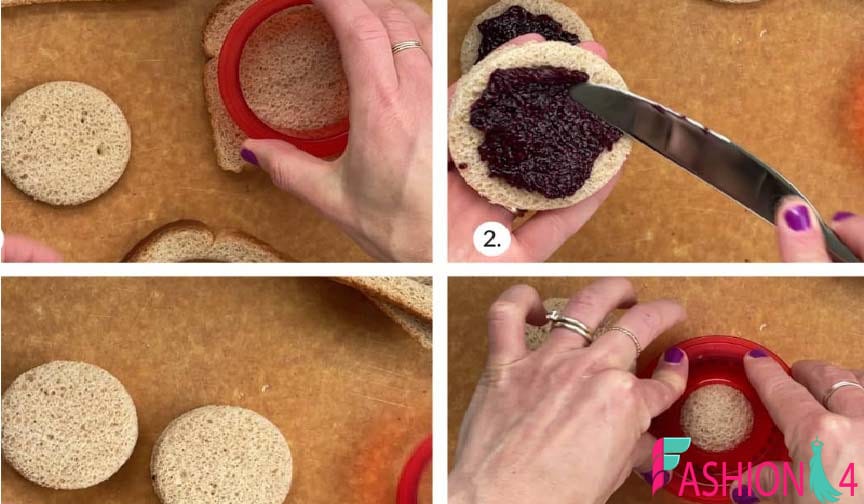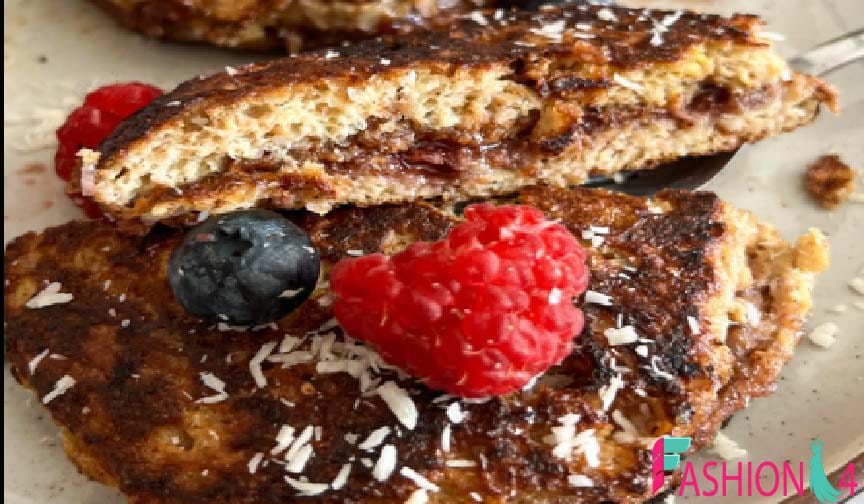
The Popularity of Uncrustables: A Convenient Snack Solution
In today’s fast-paced world, Smucker’s Uncrustables have become a go-to snack for busy parents, students, and professionals. These pre-made, crustless peanut butter and jelly sandwiches offer a convenient solution for on-the-go meals and snacks. But as their popularity has soared, a question has emerged: are Uncrustables healthy? While they’re undoubtedly convenient, understanding the health impact of these packaged snacks can help consumers make informed choices.
Nutritional Breakdown: What’s Inside an Uncrustable?
To determine whether Uncrustables are healthy, let’s take a closer look at their nutritional content. A typical Uncrustable, like the peanut butter and grape jelly version, contains:
- Calories: 210
- Total Fat: 9g (including 2.5g saturated fat)
- Carbohydrates: 27g
- Sugars: 9g (added sugars)
- Protein: 6g
- Fiber: 2g
- Sodium: 170mg
These values can vary slightly depending on the type of Uncrustable, with some versions containing slightly more sugar or fat. But overall, Uncrustables generally follow a similar nutritional profile. The high carbohydrate and sugar content, combined with a moderate amount of protein and fat, prompts questions about the healthiness of these snack options.
Key Ingredients: Peanut Butter, Jelly, and Bread
1. Peanut Butter
Uncrustables’ peanut butter provides protein and healthy fats, but it’s also high in calories. Many packaged peanut butters contain added oils and sugars, which can lead to excess calorie consumption. Look for “no added sugar” versions of peanut butter if you’re choosing alternatives for a healthier snack option.
2. Jelly
The jelly in Uncrustables typically contains added sugars and fruit concentrate. While fruit concentrate is often considered a natural sweetener, it’s still a source of added sugar and lacks the fiber and nutrients found in whole fruit. A diet high in added sugars is linked to health issues such as obesity, type 2 diabetes, and heart disease.
3. Bread
The bread in Uncrustables uses refined flour, meaning it lacks the fiber and nutrients of whole grains. Whole grain bread, on the other hand, provides more fiber, which is essential for digestion and can help with blood sugar regulation.
Health Pros and Cons of Uncrustables

Pros of Uncrustables
- Convenience and Portability: Uncrustables are pre-packaged and easy to carry, making them ideal for lunchboxes, road trips, or quick snacks.
- Portion Control: Each Uncrustable is individually wrapped, which can help control portion sizes and prevent overeating.
- Kid-Friendly Option: The fun, crustless design makes them appealing to children, encouraging picky eaters to try them.
Cons of Uncrustables
- High in Sugar: With around 9 grams of sugar per sandwich, Uncrustables contribute a significant amount of added sugars to the diet. Too much sugar is associated with various health problems, including dental issues and increased risk of heart disease.
- Low in Fiber: The refined flour bread used in Uncrustables lacks fiber, which is essential for digestion and maintaining stable blood sugar levels.
- Contains Preservatives: Packaged foods like Uncrustables often contain preservatives to extend shelf life, which may not align with those looking for more natural, whole-food options.
Are Uncrustables Suitable for Children?
Many parents opt for Uncrustables because they’re easy to pack in lunchboxes and can simplify meal prep. However, the added sugars and lack of fiber make it important for parents to consider how often they serve these sandwiches. For balanced nutrition, Uncrustables should ideally be paired with healthier snacks like fruits, vegetables, or whole-grain options.
Healthy Alternatives for Kids’ Lunches
If you’re looking for nutritious alternatives, consider these options:
- Whole Grain Bread Sandwiches: Use whole grain bread with natural peanut butter and fresh fruit slices like bananas or strawberries.
- Fruit Wraps: Use a whole wheat tortilla with a spread of almond butter and apple slices for a tasty, fiber-rich alternative.
- DIY Uncrustables: Create your own version with whole-grain bread, natural nut butter, and low-sugar jam, using a sandwich cutter to make it crustless and kid-friendly.
Are Uncrustables Suitable for a Balanced Diet?
Uncrustables can be part of a balanced diet when eaten in moderation, but they should not be relied on as a daily snack or meal replacement. The refined carbs and added sugars in Uncrustables may cause blood sugar spikes, especially if they’re consumed without other nutrient-dense foods. For those looking to maintain a balanced diet, adding protein and fiber-rich foods to accompany Uncrustables can help balance the meal.
Tips for Healthier Choices
- Choose Whole Food Options: Whenever possible, pair Uncrustables with whole foods, like fresh fruits, vegetables, or nuts, to create a balanced snack.
- Opt for DIY Versions: Creating homemade “Uncrustables” using whole grain bread and natural ingredients can help reduce sugar and add fiber.
- Read Nutrition Labels Carefully: If you’re purchasing similar products, compare labels to find options with less added sugar and more fiber.
- Moderation is Key: Consuming Uncrustables occasionally is generally fine, but be mindful of making them a regular part of your diet.
Healthier Alternatives to Store-Bought Uncrustables
If you’re looking for similar but healthier options, here are a few alternatives to consider:
- DIY Uncrustables Using Nut Butter and Fruit Slices: Substitute store-bought jelly with fruit slices like strawberries, bananas, or apples.
- Protein-Rich Wraps: Use whole wheat wraps and spread with hummus, adding vegetables for a fiber boost.
- Frozen Fruit and Nut Bars: These bars offer natural sweetness and are usually lower in sugar than jelly, while providing nutrients like fiber and vitamins.
The Bottom Line: Are Uncrustables a Healthy Choice?
While Uncrustables offer undeniable convenience, they should be viewed as an occasional snack rather than a staple in a healthy diet. The high sugar content, low fiber, and refined ingredients make them less ideal as a daily food choice, especially for those looking to manage blood sugar levels, maintain a healthy weight, or promote better overall nutrition.
For those who enjoy the convenience of Uncrustables but want healthier options, homemade versions or similar alternatives using whole grain bread and less sugary ingredients can be just as satisfying. With mindful consumption and balanced meal planning, Uncrustables can have a place in a balanced diet without compromising health goals.
MORE VISIT, Fashion4

